How to Create a Logo
A logo is a small graphical element, apparently lacking any importance but thinking deeper, anyone will be aware that it is vital to any profitable business. It makes an invisible connection with a product, company, person and usually people remember such things when seeing the logo. A brand, may be defined (thinking superficially, but plastically) as a well known logo for a quality product.
In a nutshell, a logo plays a big role in the overall process of development & expansion and it’s a completely disaster to neglect it. The creators of logos, the logo designers, have a difficult task to make more and more competitive logos. The competition between logo designers is harsh and only the best manage to receive the good clients and projects. To help any amateur logo designer I have presented here a personal process of creating a logo; I strongly emphasize that this should be shaped accordingly to each one capability and skills. By far, I can’t say what I do is best or even it’s a professional perspective but it’s advantageous to every reader to see another point of view and of course, it will be a great reward to me having shared other opinions here. Definitely, the value of the post is increasing with each new idea. Also, my way of work is inspired from other logo designers and be sure, there is no shame to inspire from someone, it is in-acceptable to copy- it is a form of stealing.
1. The appointment with the client
For the sake of the profitability I start with this step, the appointment with the client because I want to neglect any personal project because here comes in the subjectivity of each person. It is very important because what really matters in the end is his level of satisfaction. There are a lot of ways to talk and contact the client but it is vital to obtain the information. Each logo designer should have his or her own list of questions to ask the clients and the most common are about the field of activity, the destination of the logo, where it will be used, it’s a website created or not and so on. It is highly recommended to keep a strong contact with the clients, but everything depends on the reciprocal agreement.
2. The study of the client & research
The meeting with the client is still not sufficient; the logo designer should do a strong research job in order to find out everything about the competitors and the particularities in the field of activity of the client. This step is capital because here the first ideas are made up about the new project. Each domain has its own particularities and to disrespect these is a mistake never to forget. A logo for an online store selling clothing for women having a logo created using a sci-fi font and a blue and black color scheme isn’t well suited- it is near a funny disaster.
It may be a time consuming task but on the long term, the benefits are too important to skip this step. It is true, a very experienced designer goes through the research part easily and quickly (I hope you will notice that I bolded the term “experienced”).
3. Figuring out the first versions
Once the first two steps have been completed, the preliminary work is done, but not the effective project. Now it is time to really design the logo!
The huge majority of the logo designers considered that the pen and papers are irreplaceable; once again the experience may partially substitute these but never do it fully. I proceed pretty simple: after completing the first two points I took a break (a day or two depending on the deadline) and only when my inspiration reaches full level, I start making scratches by using my pen and some papers. Don’t worry if these aren’t eye-catching, just you should understand the drawings to may be able to translate these into a digital file. Working with the pen and paper is awesome and truly decisive because the concept is created and developed here and the graphical realization is neglected. Draw and draw, the more concepts, the more chances to do a quality work. The most important difficulties will be passed and from now using software (usually Adobe Illustrator or Photoshop) the sketches must be turned into a digital format. There shouldn’t be a stop for creativity, everything may be modified so please let your imagination free and alter your designs but also create a file similar to the initial drawings. So keep working, work and don’t forget, work creatively!
4. The meeting with the client and the feedback
If you want to penalize me that this step has no connection with the process of creating a logo you are right! In spite of that, this is too important not to present it here. When you are meeting with the client, no matter which the conclusions will be, a wise logo designer must learn. Let’s suppose the client likes the project hence you know how to create a logo for the respective domain. The conclusion: you understand the particularities of the field of activity of the owner and clearly, a new similar task is welcomed. Even a negative feedback should be treated as a positive fact: you must ask the customer why he doesn’t like it and which are the strong points. Also, it’s very important to know, he needs another complete design or only some small modifications are needed.
Anyway, the main idea is to always try to see your evolution. It is amazing to create cool logos but, as in any activities, the feedback is necessary and used wisely, it is constructive. The steps created by me are the checkpoints of a good strategy but don’t be afraid to add your contribution and modify it according to your style, everything is perfectible. Please let me know if you agree with my ideas, so use the comment form to share your opinions.
Also, enjoy this beautiful collection of logos:



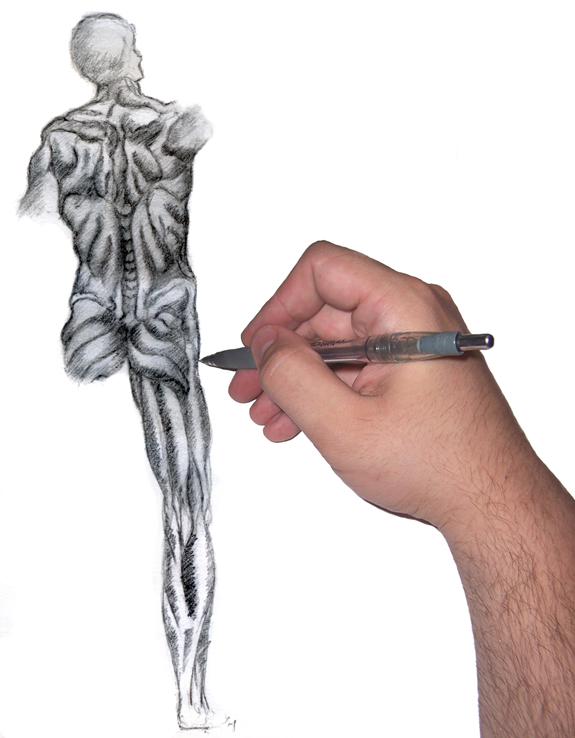
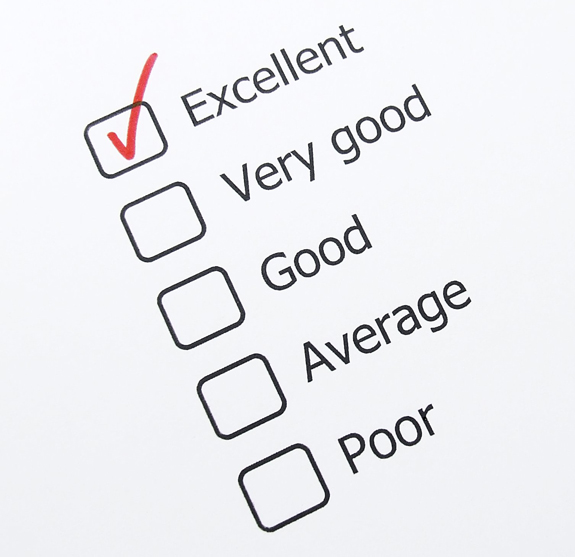

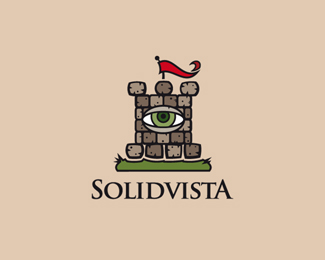

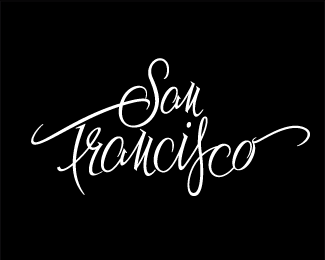






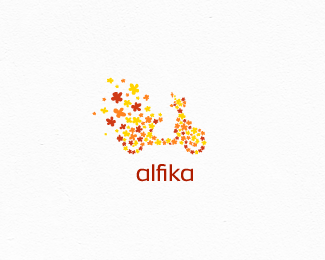




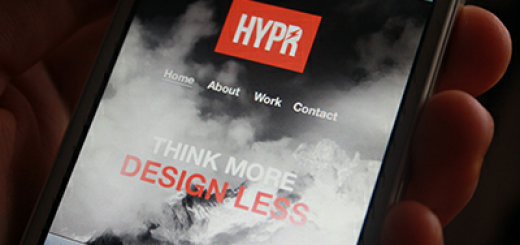
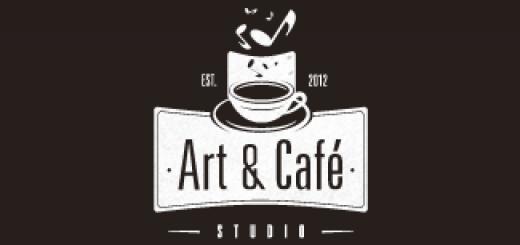






Nice post and Examples.